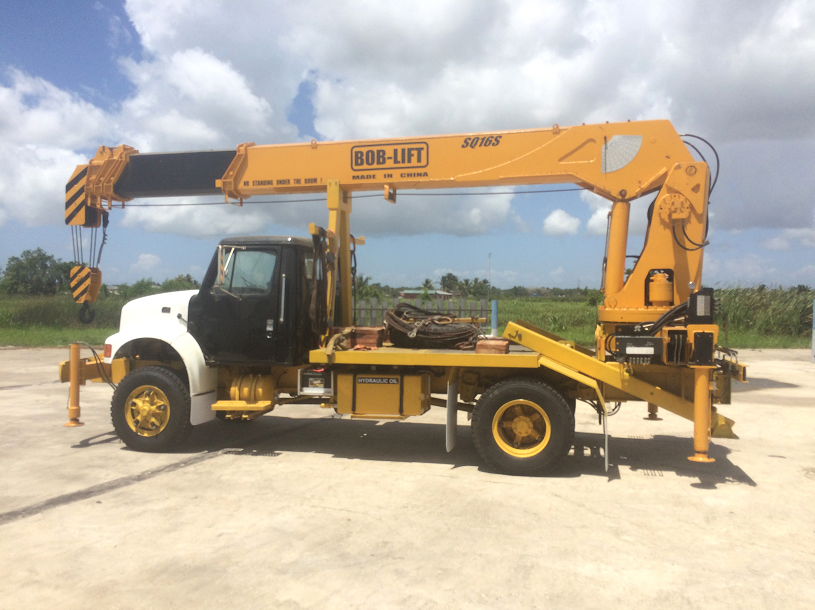Cranes help to lift and reduce heavy objects and are sometimes used to transport objects from one location to another. There are many types of cranes that can be operated manually, pneumatically or electrically. Such mechanical devices usually have one or more fixed pulleys, a movable pulley with hooks or other components used to connect the load, and a braided rope between them. As a leading manufacturer of cranes, BOB-LIFT can help you decide the crane that best suits your project needs.so,What are the advantages of cranes?

Parts of the crane.
Parts of the crane.
Click to expand.
There are many parts that make up a crane, including:
- Walking machinery. The walking machinery is composed of a motor, gears and brakes, which can realize the horizontal movement of the hoist.
Second, the trolley. The automobile is the supporting structure attached to the hoisting machinery. It is composed of load beam and end frame. - Rope. The elevator ropes are made of strong metal wires, which are arranged together like spiral wires or braids.
Fourth, hook up. The hook has a clip to connect the load to the crane. Clamps or other locking mechanisms need to support the objects that the crane moves. - Controller. The radio or pendant operation control system guides the vertical movement of the hook and the horizontal movement of the hoist.
The working principle of the hoist.
Crane operation includes understanding weight restrictions and requirements and built-in safety features. The operator can set operating limits for the crane, and in some cases restrict movement. The hoist also has the safety function to prevent the elevator from overloading, restricting the driving, or using the emergency stop button.
Once all the regulations and requirements are set, the operator uses the controller to activate the relevant button or lever to move the hook vertically. The signals given by the operator and any safety devices or sensors control the brakes and motors. When the hoist receives the signal, it supplies power to the motor to release the brake. The motor drives the lifting gear to reduce the speed and increase the torque to increase the load.
One end of the rope is fixed on the drum, and the other end is connected with the rope anchoring device. When the drum rotates, the rope winds or unwinds and is guided into the correct groove of the drum to raise or lower the hook. There are two ways to stop the hoist: release the up or down controls on the controller, or activate the emergency stop button.
 truck crane,Truck mounted crane,Marine Crane –
truck crane,Truck mounted crane,Marine Crane –
It’s nice that you mentioned how there are many types of cranes that could be operated manually, pneumatically, or electrically. We are planning to start a big project on our property and I think it would be nice to have some heavy equipment for it. First off, we should probably ask for a crane rental service.